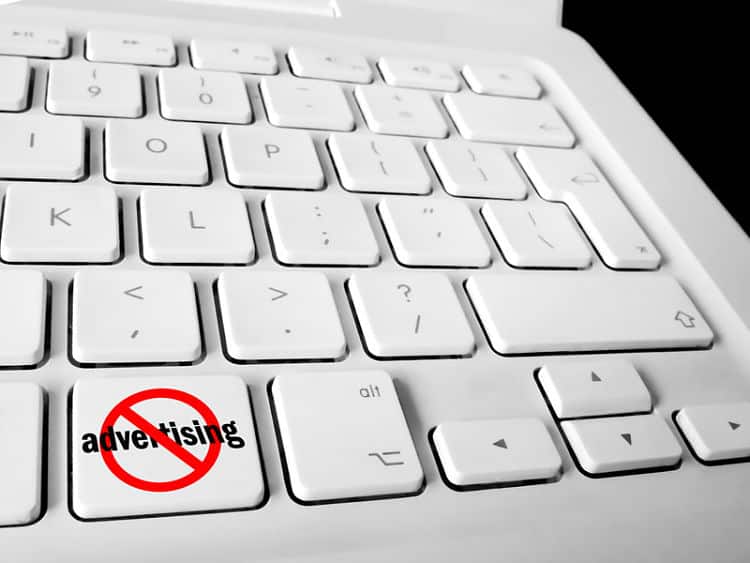
Google to Punish the Use of PopUps and Interstitials Starting in January 2017
We have all had the experience of searching for content and then being unable to read it on our mobile device because of the infamous interstitials.
An interstitial is an advertising format that generally hides the content by taking up a significant amount of the page. (usually 800 x 600)
Most often it is advertising and it tends to be extremely intrusive because it makes it difficult for the user to access the content they were looking for or to continue navigating on the site.
These interstitials do lead to sales. The CTR is generally quite high, which partly explains why their use has grown significantly. But it should be pointed out that they also have a negative side, since they cause the rebound rates to increase. (No surprise, right?) Google’s decision may create significant dilemma for publicists when they have to choose between income from using this type of ad or their ranking on the web.
We have been hearing Google saying for a long time that they were going to “punish” this type of practice, or generate a lower SERP ranking through their algorithm. Google continues to move more and more towards the user experience. The interstitials are definitely not a positive experience for the user. So Google is finally going to punish the websites that have invasive interstitials, especially on mobile devices, which have smaller screens. You can see if your page is mobile friendly at MOBILE FRIENDLY TEST.
It appears the official date for the penalties to become effective is January 10, 2017. Obviously, not all interstitials will be punished. Google will permit some, but those which make access to information more difficult will be classified as inappropriate.
Types of Interstitials that Google Will Punish
- Interstitials that show pop ups which hide the content of the page, whether it appears right away or later when navigating on the site.
- The use of stand alone opening interstitials which have to be closed before entering the page.
- Interstitials where the content is below-the-fold.
Types of Interstitials that Google Will Permit
Obviously Google will permit some interstitials, as long as they are used responsibly.
- Interstitials used to “permit cookies”, verify the age of the user, or comply with any type of legal obligation.
- Interstitials that show an e-mail or pages that are not public
- Interstitials that do not completely hide the main screen and that can easily be closed.
You can get more information on other types of Google penalties at PENALTIES OF GOOGLE, like Panda or Penguin, and how to avoid the penalties.
Artículos relacionados
Loren Valero
Latest posts by Loren Valero (see all)
- SEO cannibalisation and cannibalism have something in common - 22 July, 2020
- SEO Strategies: Long-tails can save your website - 8 January, 2018
- Google to Punish the Use of PopUps and Interstitials Starting in January 2017 - 13 December, 2016







